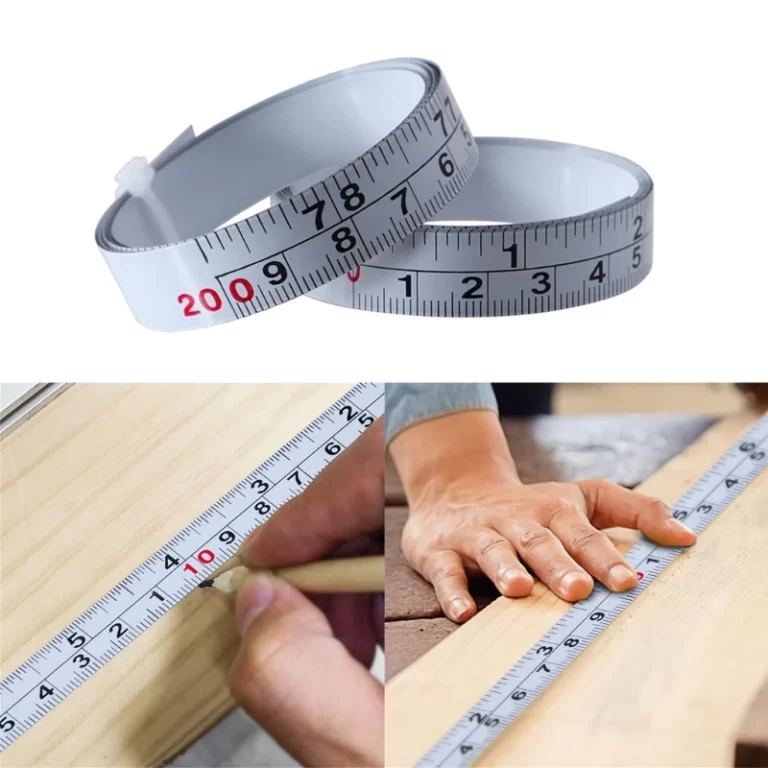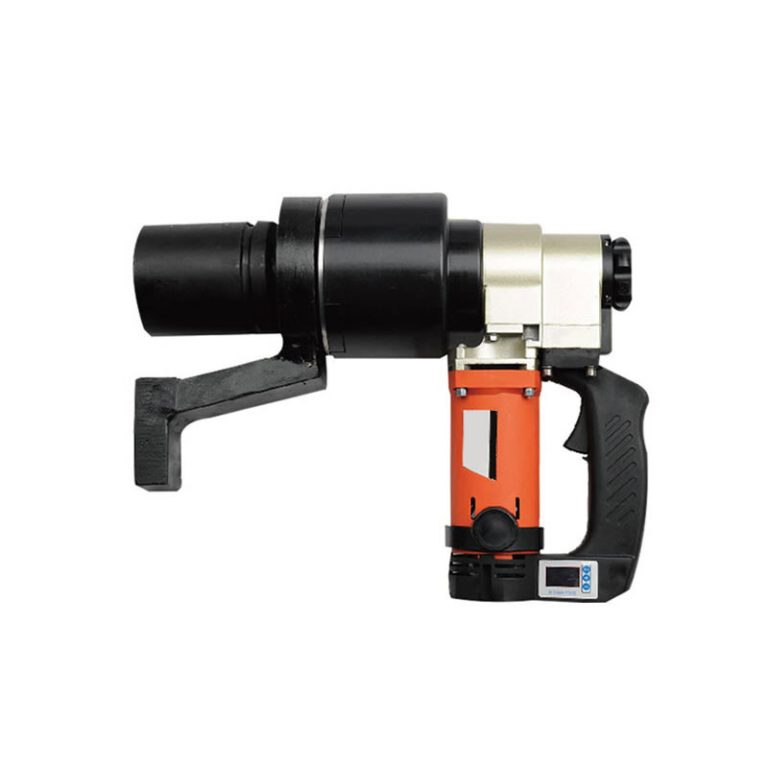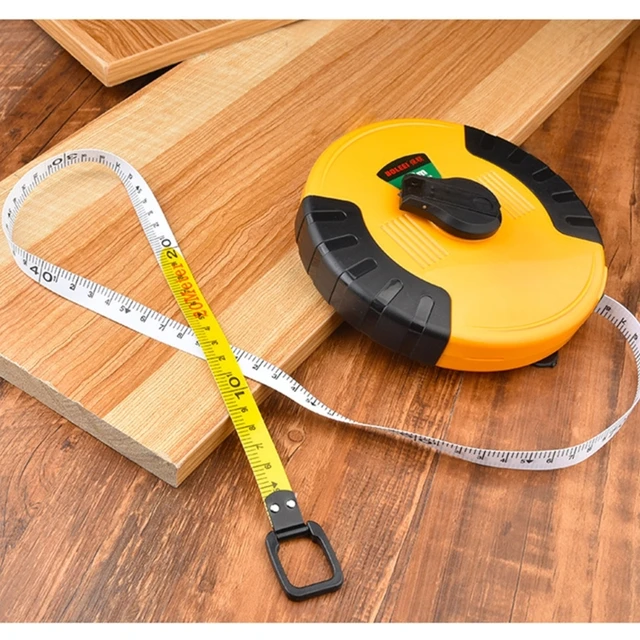
CM on a Tape Measure: Guide to Reading and Using Centimeters
Understanding the cm on a tape measure is essential for anyone looking to achieve accurate measurements in various projects. Whether you’re a DIY enthusiast, a professional carpenter, or a sewing expert, mastering the metric scale on your tape measure can significantly enhance your precision and efficiency. This comprehensive guide delves into the nuances of centimeters on a tape measure, debunks common myths, and provides practical tips to ensure your measurements are always spot-on.
 The American’s Guide to Metric Mastery
The American’s Guide to Metric Mastery
Adopting the metric system in the United States has its challenges, especially when it comes to tools traditionally marked in inches. However, understanding the cm on a tape measure can bridge this gap, providing greater accuracy and versatility in your projects.
Visual Memory Hacks: 1cm ≈ 0.4 Inches
One effective way to master the metric scale is through visual memory aids. Knowing that 1 centimeter approximately equals 0.4 inches can simplify the conversion process.
Using Everyday Objects: For instance, a standard credit card measures about 8.5 centimeters. Similarly, a common coin, like a quarter, is roughly 2.4 centimeters in diameter. By associating centimeters with familiar objects, you can quickly estimate measurements without constantly referring to a conversion chart.
Downloadable Conversion Chart: To further assist, you can download a handy “inches-cm” pocket conversion chart. This tool offers a quick reference, allowing you to switch seamlessly between metric and imperial units during your projects. Keeping this chart within reach ensures that you never miss a beat when precision is key.
Avoiding Metric Misconceptions in US-Made Tape Measures
Despite their utility, some US-made tape measures can present challenges when using the centimeter scale. Here are five common pitfalls to watch out for:
1. Misaligned Markings: Over time, tape measures can wear out, causing centimeter markings to shift slightly. Regularly inspect your tape measure diagram to ensure all marks align correctly.
2. Inconsistent Tick Marks: In some imported tape measures, millimeter tick marks may be unevenly spaced, leading to inaccurate measurements.
3. Poor Conversion Accuracy: Not all tape measures convert inches to centimeters accurately. Ensure that your tape measure adheres to standard conversion rates to avoid errors.
4. Material Deformation: Low-quality tape measures can stretch or deform, affecting centimeter accuracy. Choose tape measures made from durable materials to maintain precision.
5. Lack of Standardization: Without adherence to standards set by organizations like the National Institute of Standards and Technology (NIST), some tape measures may have significant measurement discrepancies.
Comparing to NIST Standards: Ensuring Your Tape Measure’s Accuracy
To combat these issues, always refer to NIST standards when selecting a tape measure. NIST provides guidelines to ensure that centimeter markings are accurate and reliable. By choosing tape measures that adhere to these standards, you can avoid common pitfalls and achieve precise measurements consistently.
High-Definition Diagrams: Many manufacturers offer downloadable high-definition diagrams that label each centimeter mark clearly. This feature helps you verify the accuracy of your tape measure’s metric scale, ensuring each mark aligns correctly with NIST standards.
AR Scan Features: Modern tape measures may include augmented reality (AR) scan features. These tools allow you to interact with the centimeter markings in real-time, enhancing your understanding and accuracy.
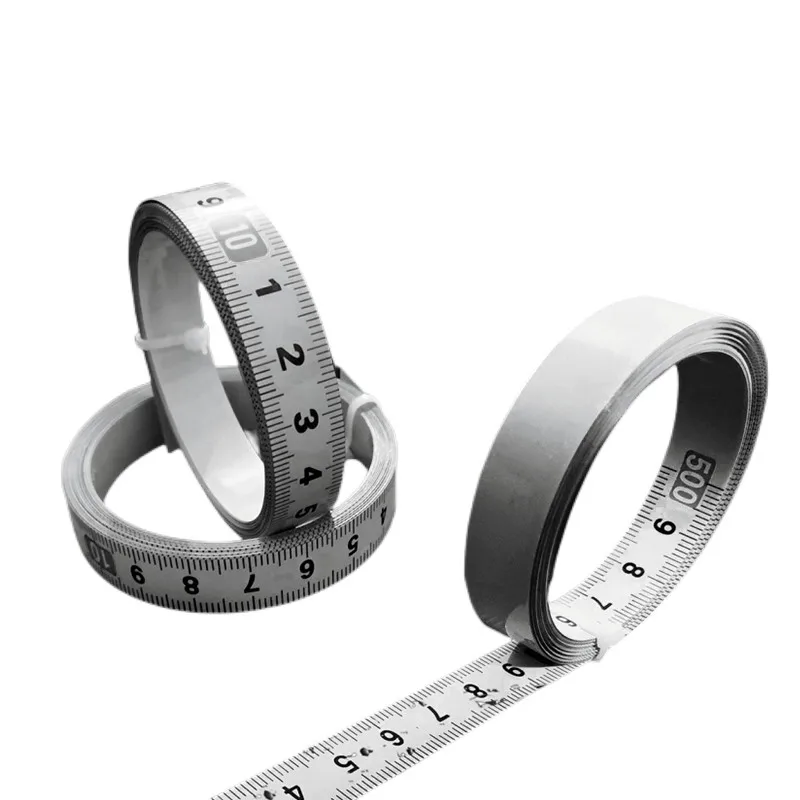 Why Your 5cm is Actually 4.8cm
Why Your 5cm is Actually 4.8cm
Precision is crucial, especially in projects where even minor inaccuracies can have significant consequences. Surprisingly, not all tape measures ensure millimeter accuracy, leading to misconceptions about true measurements.
Unveiling the Truth Behind Centimeter Markings
Many consumers believe that the centimeter markings on tape measures are infallible. However, industry tests have revealed that some popular tape measures have cumulative errors that skew measurements over longer distances.
Imported Tape Measures: Investigations have shown that several top-selling tape measures from international markets exhibit a cumulative error of about 1.2 millimeters per meter. This discrepancy means that your 5cm mark might actually read as 4.8cm, leading to potential precision issues in critical projects.
Impact on Projects: Such errors can compromise the integrity of your work, whether you’re building furniture, crafting garments, or undertaking construction projects. Understanding these hidden errors helps you take corrective measures to maintain accuracy.
Conducting On-Site Calibration with AA Batteries
To ensure your tape measure’s centimeter scale is accurate, a simple calibration method using AA batteries can be highly effective. Here’s how:
1. The Battery Method: Place an AA battery (approximately 5 centimeters in length) at the 5cm mark on your tape measure. Compare the tape measure’s reading with the known length of the battery. If the measurement aligns, your tape measure is accurate. If not, you may need to adjust your measurements accordingly.
2. Printable Error Compensation Table: Create a printable table that lists common measurement errors and their corresponding compensations. This tool allows you to adjust your measurements on the fly, ensuring greater accuracy without needing to recalibrate frequently.
3. Regular Calibration Checks: Make it a routine to perform these calibration checks regularly, especially before starting a new project. This practice ensures your measurements remain consistent and reliable over time.
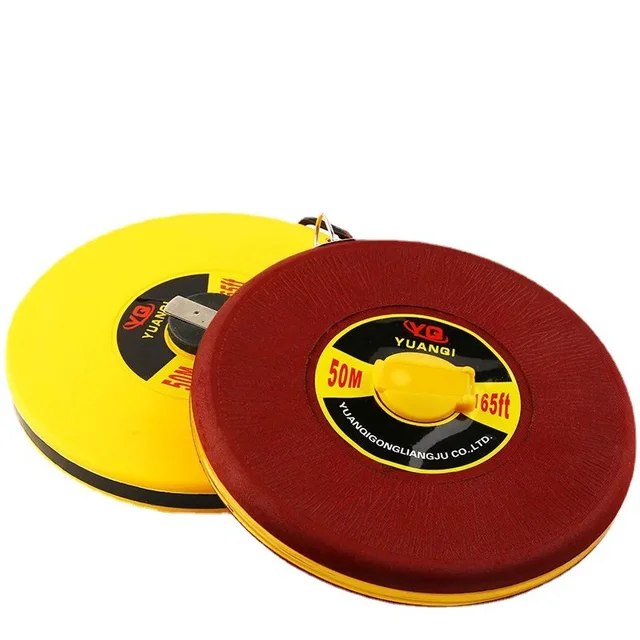 For Sewing: Why 0.5cm Can Ruin Your Dress
For Sewing: Why 0.5cm Can Ruin Your Dress
In sewing, precision is paramount. A difference of just half a centimeter can significantly impact the fit and appearance of a garment. Understanding the centimeter scale on your tape measure is vital for achieving flawless results.
Precision in High-End Tailoring
High-end tailoring demands exact measurements to ensure garments fit perfectly. Even a slight deviation can result in ill-fitting clothes that ruin an otherwise beautiful design.
Accurate Measurements: Using a tape measure that accurately reflects centimeters ensures that every seam, hem, and fitting line is precise. This accuracy leads to garments that not only fit well but also look professionally crafted.
Avoiding Common Mistakes: Common errors include misreading centimeter marks or not accounting for the subtle stretch of the tape measure material. By focusing on centimeter accuracy, you can avoid these pitfalls and produce high-quality garments consistently.
The Centimeter-Inch-Sewing Terms Cheat Sheet
To streamline your sewing process, a quick-reference cheat sheet can be invaluable. This guide matches centimeter measurements to their corresponding inch values and common sewing terms, facilitating faster and more accurate conversions.
Example Entries:
- 1cm = 0.39 inches – Common in detailed embroidery.
- 5cm = 1.97 inches – Standard for waistband measurements.
Downloadable Cheat Sheet: Access a printable version of this cheat sheet to keep by your sewing station. This resource helps you quickly convert measurements without interrupting your workflow.
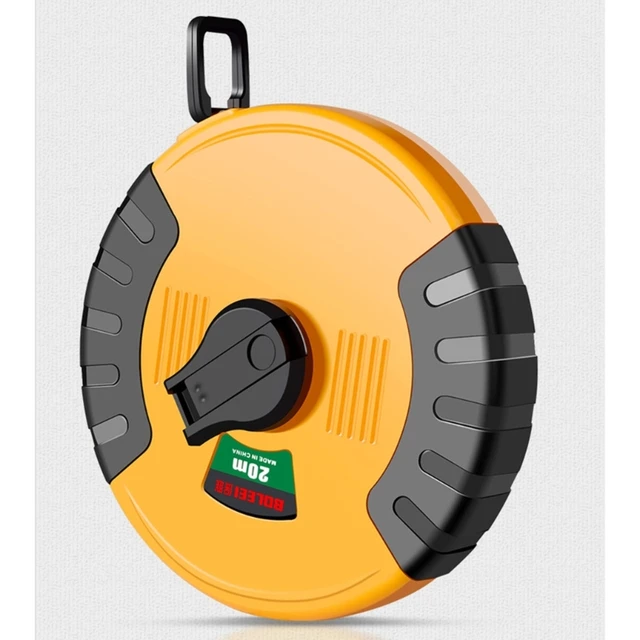 CM on a Tape Measure vs Inches: The $200M NASA Mistake That Changed Everything
CM on a Tape Measure vs Inches: The $200M NASA Mistake That Changed Everything
Precision in measurement units can have monumental consequences. The infamous NASA Mars Climate Orbiter disaster underscores the critical importance of accurate measurements.
The NASA Mishap: A Costly Metric vs Imperial Confusion
In 1999, NASA lost the Mars Climate Orbiter due to a simple yet catastrophic error: a mix-up between metric and imperial units. Engineers used inches instead of centimeters for key calculations, causing the spacecraft to enter Mars’ atmosphere incorrectly and ultimately disintegrate.
Impact of the Error: This $200 million mistake highlights how crucial it is to maintain consistency in measurement units. For professionals and DIYers alike, understanding the cm on a tape measure versus inches can prevent similar costly errors in projects.
Lessons Learned: Emphasizing Dual-Scale Policies
Following the NASA incident, the US construction industry mandated the use of dual-scale tape measures. This policy ensures that both metric and imperial units are clearly marked, reducing the risk of unit conversion errors.
Adoption of Dual-Scale Tape Measures: Today, dual-scale tape measures are standard in many industries, providing the flexibility to switch between centimeters and inches seamlessly. This duality enhances accuracy and reduces the likelihood of measurement-related mistakes.
Building a Culture of Precision
The Mars Climate Orbiter disaster serves as a stark reminder of the importance of precision in measurements. By prioritizing accurate measurement practices, both professionals and hobbyists can achieve better outcomes in their projects.
Promoting Best Practices: Encouraging the use of high-quality, dual-scale tape measures and regular calibration checks fosters a culture of precision. This approach not only improves project results but also builds trust in the tools and techniques used.
CM on a Tape Measure: 10 Household Items as Perfect Metric References
Sometimes, you need a quick and reliable way to estimate measurements in centimeters without reaching for your tape measure. Here are ten household items that serve as perfect metric references.
Life Hacks: Using Everyday Objects for Accurate Measurement
- Credit Card (8.5cm): The standard credit card measures approximately 8.5 centimeters in length. Use it as a quick reference to estimate lengths and widths.
- iPhone 13 (14.7cm): An iPhone 13 measures around 14.7 centimeters in height. This can help you gauge mid-sized measurements effortlessly.
- Cola Can (12cm): A typical cola can has a height of about 12 centimeters. Use it to measure vertical spaces quickly.
- Standard Sheet of Paper (21cm x 29.7cm): An A4 sheet of paper measures 21 centimeters in width and 29.7 centimeters in height. This can help in larger measurements and layout planning.
- Door Handle (7cm): Most standard door handles are around 7 centimeters from the edge. This is useful for placement and spacing in home projects.
- Soap Bar (5cm): A common soap bar measures about 5 centimeters in length. Use it for small-scale measurements and spacing.
- AA Battery (5cm): An AA battery is approximately 5 centimeters in length, providing another quick reference for smaller measurements.
- Stapler (15cm): A typical stapler measures around 15 centimeters in length, useful for mid-sized measuring needs.
- Kitchen Spoon (18cm): An average kitchen spoon is about 18 centimeters long. Use it for estimating longer measurements.
- Wine Bottle (30cm): A standard wine bottle stands approximately 30 centimeters tall, perfect for larger measurement estimations.
Practical Applications: Enhancing Everyday Tasks
Using household items as metric references can streamline everyday tasks, making them quicker and more efficient. Whether you’re assembling furniture, sewing, or decorating, these hacks provide convenient ways to estimate measurements accurately without tools.
Example Use Cases:
- Furniture Assembly: Use the length of a stapler to measure spacing between shelves.
- Sewing Projects: Use the height of a soap bar to estimate fabric lengths.
- Home Decor: Use the length of a cola can to gauge the height of wall hooks.
By incorporating these hacks into your routine, you can achieve greater accuracy and efficiency in your projects, even on the go.
 Conclusion
Conclusion
In conclusion, understanding the cm on a tape measure is vital for achieving precision in any project. Whether you’re adapting to the metric system, ensuring accurate measurements in sewing, avoiding costly mistakes, or utilizing household hacks, mastering centimeters enhances your ability to execute tasks flawlessly.
